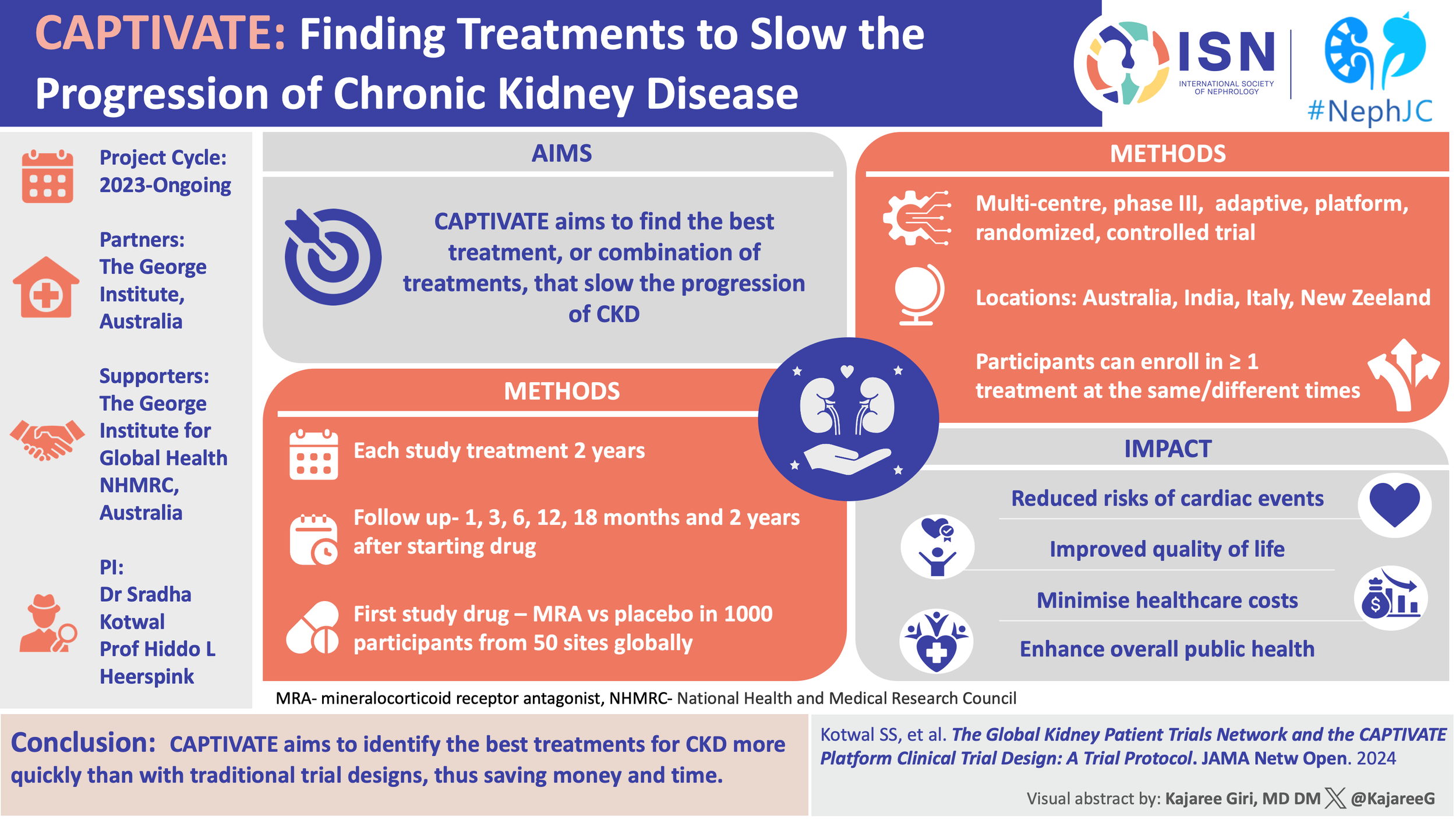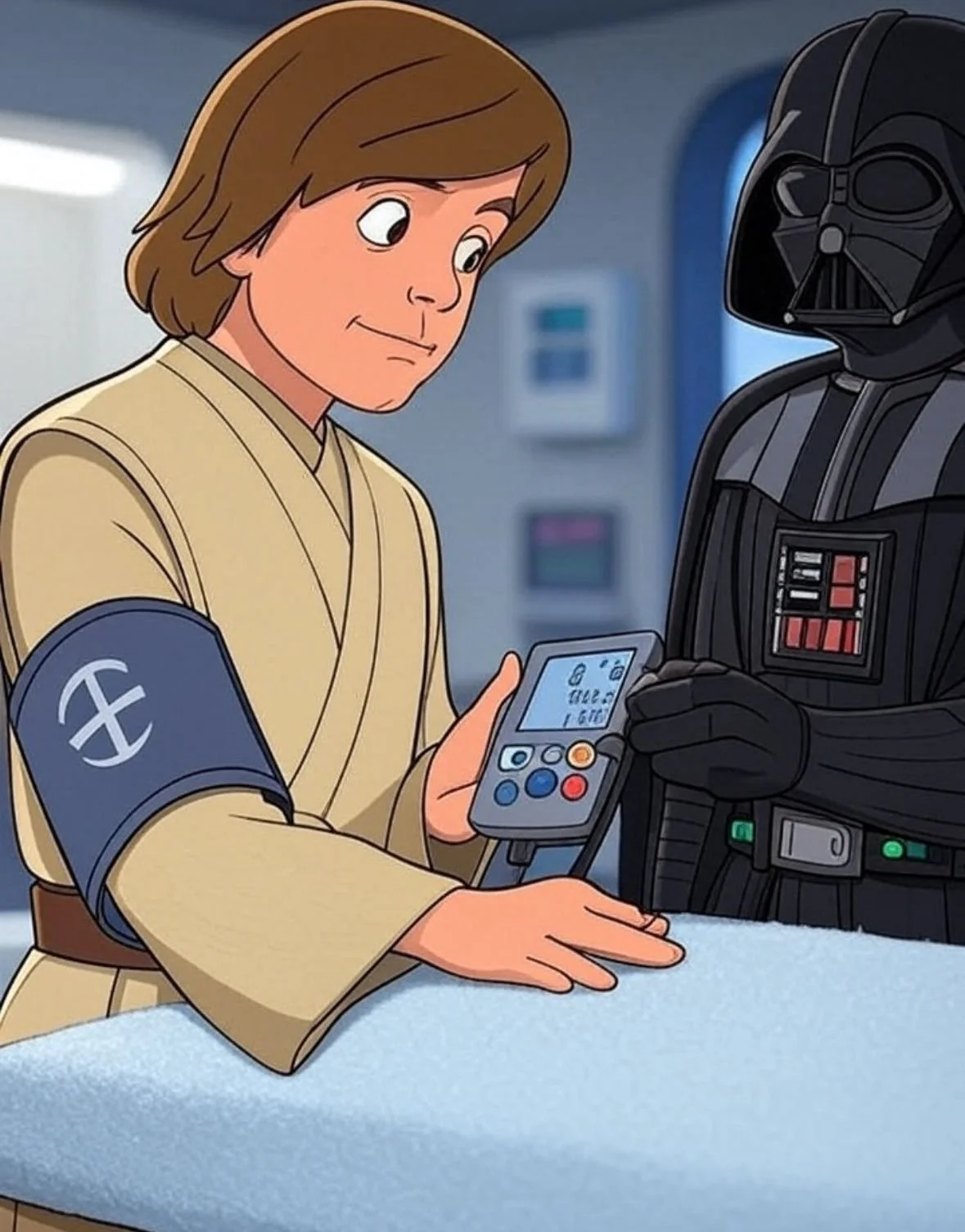What is BlueSky and why should you migrate? Because winter…is coming!
Which were the Top Nephrology Stories of 2023?
The #NephJCKidneys are rolling up nominations.
TWiN (The Week in Nephrology) 19 Sep 2016
TWiN (The Week in Nephrology) 5 Sep 2016
TWiN (The Week in Nephrology) 29 August 2016
TWiN (The Week in Nephrology) 22 Aug 2016
TWiN (The Week In Nephrology) 15 August 2016
TWiN (The Week in Nephrology) 8th Aug 2016
The Week in Nephrology is back after a spot of vacation. Again the twitter world was full of reviews this week, on a variety of topics and I have collected a few here. Feedback and suggestions welcome. DM me @dr_nikhilshah with your ideas.
TWiN ( The Week in Nephrology ) 27 June 2016
TWiN: The week in Nephrology (March 1 2016)
This week we bring two resources for both physicians and nurses caring for ESRD patients.
- Starting off with guidelines published in PDI - A syllabus for healthcare professionals for teaching Peritoneal Dialysis to patients and caregivers. Get it here ($wall alert).
- Dr Schell presents a guide for nephrologists on communicating with the elderly on their choices regarding dialysis.
- Pediatric kidneys are at risk of worsening function in the setting of non renal transplant patients. This article sets out recommendations on how one should monitor the kidney functions in children with non-renal transplants and guidelines on when to refer the patient to a pediatric nephrologist.
- We all love to advice about diet and hypertension, and several studies have shown that diet does affect the BP. Coming this week is a systematic review and meta-analysis of studies looking at various kinds of dietary interventions' effect on the BP. The DASH diet still wins with the highest net effect of nearly 7/4 mmHg decrease in BP. This was published in Hypertension.
Blog posts of note
We present two brilliant essays by our newly minted interns of #NSMC (Nephrology Social Media Collective)
- Benjamin Stewart wrote an essay on the the nephron number and the GFR talking about the "Super-Kidney" or the elite kidneys and what nephron endowment means to the GFR. GIve the blogpost a read on Renal Fellow Network and follow him on twitter.
- Our next post was by renal transplant fellow Silvi Shah who describes the implications of pregnancy and kidney transplant in a question answer format. Again Renal Fellow Network features this blogpost.
- Rounding off with my favourite topic - Home Hemodialysis - I came across this excellent essay by a Home Hemodialysis patient in Australia, who describes the econo-socio-political advantages of home hemodialysis and also talks directly to patients (peer-2-peer) about the advantages of HHD. The poem at the end is a touching reminder to all physicians on what a patient really wants for himself. Read it here.
- Nikhil Shah
The thing that gets us to the thing...
Matt and I wrote a wrap-up post for NephMadness that went up on MedScape today. Please go read it. In it we explain what we are trying to do with the various social media events and projects we promote for nephrology:
“We have established an informal curriculum of digital mentorship. The goal is to provide a vibrant community of always-available, academically minded nephrologists who are interested in sharing their skills, knowledge, and wisdom. Most of these conversations are spontaneous. Examples include recent discussions on the relationship between sodium linked glucose transporter-2 (SGLT2) inhibitors (a new drug for the treatment of diabetes) and diabetic ketoacidosis and another about whether one should stop antiplatelet agents before kidney biopsy. The tweets were a mixture of references, pithy bits of insight, images from primary sources, and opinions.”
NephJC and NephMadness are stepping stones to this always available online community. They are important for setting the tone and attracting people who share our vision and academic values. But in the end, NephJC isn't the thing it is just the means of getting to the ultimate goal of a viable, self-perpetuating, professional network, of academically-minded, nephrologists particiapating in social media. I was reminded of this while watching the pilot of Halt and Catch Fire. The plot turns on an old article written by the protagonist, Gordon Clark, where he states that computers aren't the thing, but rather the thing that gets us to the thing.
Need any more evidence that #NephJC rocks?
You may have seen the evidence pyramid before, with animal studies and case reports at the bottom, and systematic reviews on the top.
Well, an interesting paper was published a few days ago, in the Journal of Medical Internet Research. Go ahead, click on that link and check it out.
It is a systematic review of all twitter-based journal clubs (and they seem to have captured all that were existing at that time). They have then examined the impact of these journals clubs using many different metrics. Interestingly, the one that immediately stands out is in table 2:
Table 2 from Roberts et al, http://www.jmir.org/2015/4/e103/
There's only one journal club with over a million impressions. Take a bow, all of you who have ever participated in a #NephJC chat!
The paper does make for interesting reading, apart from what we mention above. Some of the analyses agrees with our thoughts after the first dozen #nephJC chats.
What not to do when you are the medical director
If it wasn't from the pages of the New York Times I wouldn't believe it.
Please join us on #NephJC, Tuesday at 9PM EDT and Wednesday at 8PM GMT for a discussion of proper medical director behavior.



















